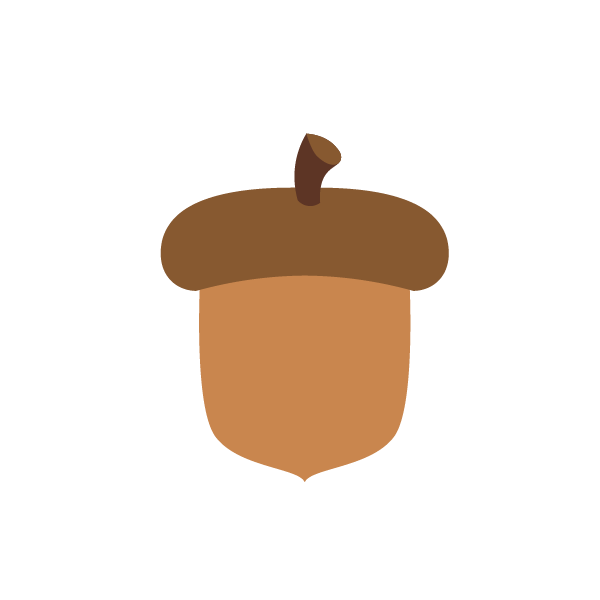Plant
Plants are a vital part of our ecosystem. They produce oxygen that we need to breathe, they provide food and shelter for animals, and they help to keep the soil healthy. There are many different types of plants, and they can be found all over the world. Some plants need a lot of sunlight to grow, while others can grow in very dark places. Some plants need a lot of water to survive, while others can live for a long time without any water at all.
Photosynthesis
Photosynthesis is the process that produces organic molecules from simple inorganic molecules from the sun's energy. This process is used by plants to create their own food. The leaves of the plant are the main site of photosynthesis. The chloroplasts in the leaves absorb the sunlight and use it to convert water and carbon dioxide into glucose and oxygen.
Respiration
Plants respire just like animals. In fact, respiration is how all living things get energy. Respiration is the process of breaking down food to release energy. Plants use this energy to grow, reproduce, and carry out other life functions. Just like animals, plants need oxygen to respire. Oxygen enters a plant through tiny pores in its leaves called stomata. Carbon dioxide, a waste product of respiration, exits through the stomata as well.
Transpiration
Transpiration is the process of water movement through a plant and its evaporation from aerial parts, such as leaves, stems and flowers. Water is necessary for plants but too much water can be harmful. The plant root system absorbs water from the soil and the water is then transported to the leaves through the stem. The water evaporates from the leaves, which helps to regulate the plant's water balance and keep the plant cool.
Reproduction
Plants are living organisms that belong to the kingdom Plantae. They obtain most of their energy from the sun in a process called photosynthesis. Plants are unique in that they are the only known organisms to produce their own food. In order for a plant to reproduce, it must first produce flowers. The flowers are the reproductive organs of the plant and contain both male and female parts. The male parts are called stamens and produce pollen, while the female parts are called pistils and produce ovules. Pollination is the process of transferring pollen from the stamen to the pistil. Once the pollen reaches the ovules, fertilization occurs and the plant begins to produce seeds.
